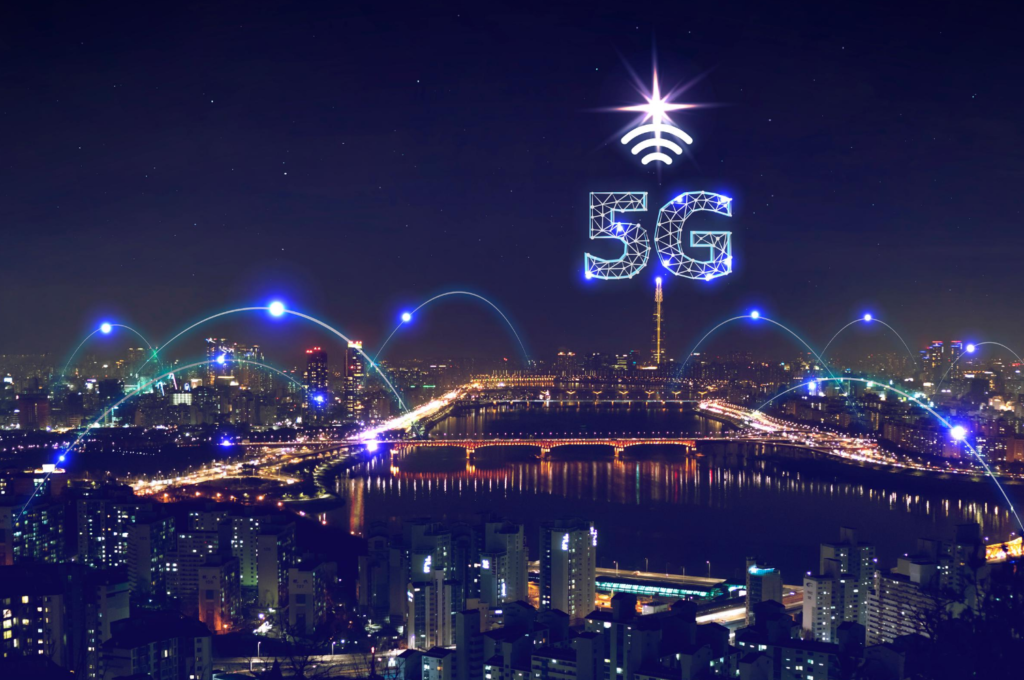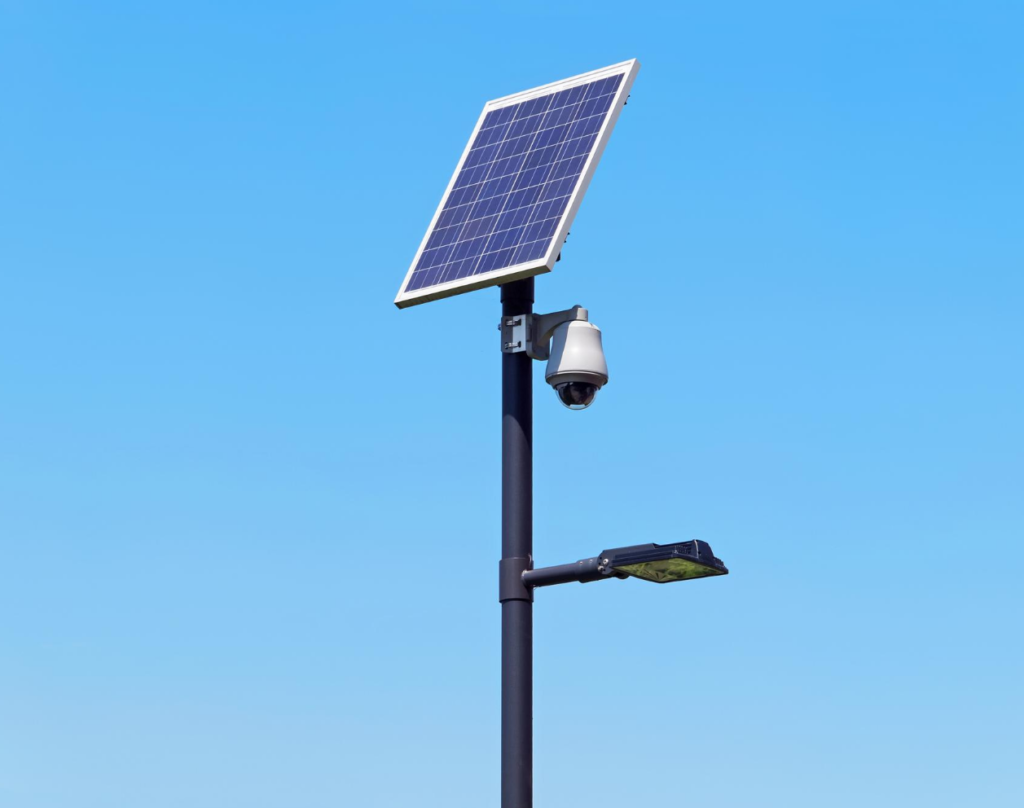What Are Smart Poles?
Many readers may be familiar with smart street lighting. In many cities, modern street lights have been updated with more energy-efficient models that feature LED bulbs that automatically adjust for the best output given the time of day and the density of traffic. Some of these lights even sport features that allow them to monitor brightness and air quality and serve as WIFI access points. As fantastic as smart street lights are, they pale compared to the possibilities presented to the world by smart poles.
Street light poles are something most of us take for granted. How many do we drive by daily? They’re so common that most of the time we don’t even notice them. It is the vast amount, everyday utility, and near unnoticeable presence of light poles that make them the perfect vector to serve as the smart city’s foundation.
While “regular” light poles serve only one function, to house a light fixture and maybe some accessories, smart poles host a vast array of critical technologies to smart, urban infrastructure. Hence, they are perfectly positioned to become the smart city’s backbone and a potent income source for municipalities. As one recent study puts it:
“The over 303 million streetlights globally help form the backbone of the world’s cities, towns, and highways. Until recently, this corner of the municipal infrastructure market had largely been ignored, but streetlights are now viewed as a critical asset to unlocking billions of dollars in smart city potential. Previously viewed as a major cost – up to 40% of a city’s energy budget – streetlights are now viewed as a revenue opportunity.”
Also, having multiple technologies operating from a single pole reduces maintenance costs as the poles can be managed remotely. This feature alone improves energy sustainability and opens up space. In this article, we will discuss some of the essential smart pole functions.
5G Infrastructure

No doubt you’ve heard a lot about 5G lately. That’s for a good reason. The internet speeds provided by 5G are absolutely necessary for the Internet of Things to function fully. The speeds produced by current mobile networks will soon be inadequate to serve the increasing number of digital services requiring high bandwidth. This chokepoint threatens the fulfillment of most smart cities and IoT services. Fortunately, smart poles can comfortably house 5G transmitters and repeaters. This function, combined with their vast numbers, makes them the perfect solution.
Smart Security

You’ve probably seen cameras mounted on modern street lights. These are typically used to monitor traffic, and in metropolitan areas, they are often used for security purposes. So how do smart poles make better use of these cameras? A common problem facing modern law enforcement is the time required to analyze the vast amount of data that video surveillance systems collect. While the data can contain valuable information, sorting through hours of footage from hundreds of cameras is a time-consuming, labor-intensive process that takes up valuable human resources; no longer. The smart cameras on smart poles will upload all footage into cloud storage. From there, law enforcement officers will be able to use smart analytics software, such as those produced by Genetec, to analyze the footage. This software can instantly scour hundreds of hours of footage searching for extremely specific features of a person, car, or object. This software, combined with automatic license plate recognition (ALPR), will make crimes much more difficult to commit.
EV Charging stations
With the mass adoption of Electric Vehicles and autonomous cars well on the way, vast numbers of EV charging stations will be needed to keep traffic flowing. Smart poles contain all the components necessary to host EV charging equipment, and thus, can double as convenient charging stations. This will dramatically increase the EV charging infrastructure and reduce the “range anxiety” that often keeps consumers from making the switch to an electric vehicle.
Traffic Monitoring & Analytics

The cameras and sensors on smart poles will monitor traffic patterns and relay analytics. These analytics are used to improve traffic conditions and reduce commute times. In the not too distant future, these same analytics will be used to direct drivers and autonomous cars to the closest available parking spot or EV charging stations. In the end, this technology will make for a far more enjoyable and productive time within cities
Air Quality
IoT sensors built into smart poles can continuously assess air quality. Given that there are so many light poles that will eventually be smart poles, we will be able to monitor environmental air quality at an overall level never before seen.
Sound Detection

Sound sensors on smart poles listen for noise pollution associated with crime, riots, and social unrest. If an aggressive sound is made, the sensor will alert authorities who can then review the smart pole’s video feed to determine if police intervention is necessary.
Digital Signage
Thanks to their network connectivity, a variety of digital signage can be attached to smart poles. These displays can be used for virtually any purpose. The most common use will be public messages, but when the IoT is in full swing, the signs can be used to deliver personalized messages and advertisements to individual pedestrians.
As you can see, smart poles are an excellent entry point for cities looking to adopt smart city technology. While there are many other tasks that smart poles can perform, hopefully, this article has shed some light on the potential of this “soon to be everywhere” technology.
